7 Liefaard & Kilkelly, ‘Child-Friendly Justice: Past, Present and Future in Juvenile Justice’, in: Goldson (ed.) Europe: Past, Present and Future, Routledge 2019.
8 Liefaard & Doek, FJR 2015/20, ‘Kinderrechten in de rechtspraak: een internationaal perspectief’.
9 Bruning, Liefaard & Mijnarends, NTM-NJCMBull 2013/41, ‘De doorwerking van het IVRK in het Nederlandse jeugdstrafrecht’.
10 Van den Brink & Mijnarends, BSb 2020, ‘General Comment No. 24 – nieuw elan voor het jeugdstrafrecht? Over leeftijdsgrenzen, ‘diversion’ en de bredere implicaties voor het jeugdstrafrecht’.
11 Art. 486 Sv and art. 77a Sr.
12 Van den Brink & Mijnarends, BSb 2020, ‘General Comment No. 24 – nieuw elan voor het jeugdstrafrecht? Over leeftijdsgrenzen, ‘diversion’ en de bredere implicaties voor het jeugdstrafrecht.

